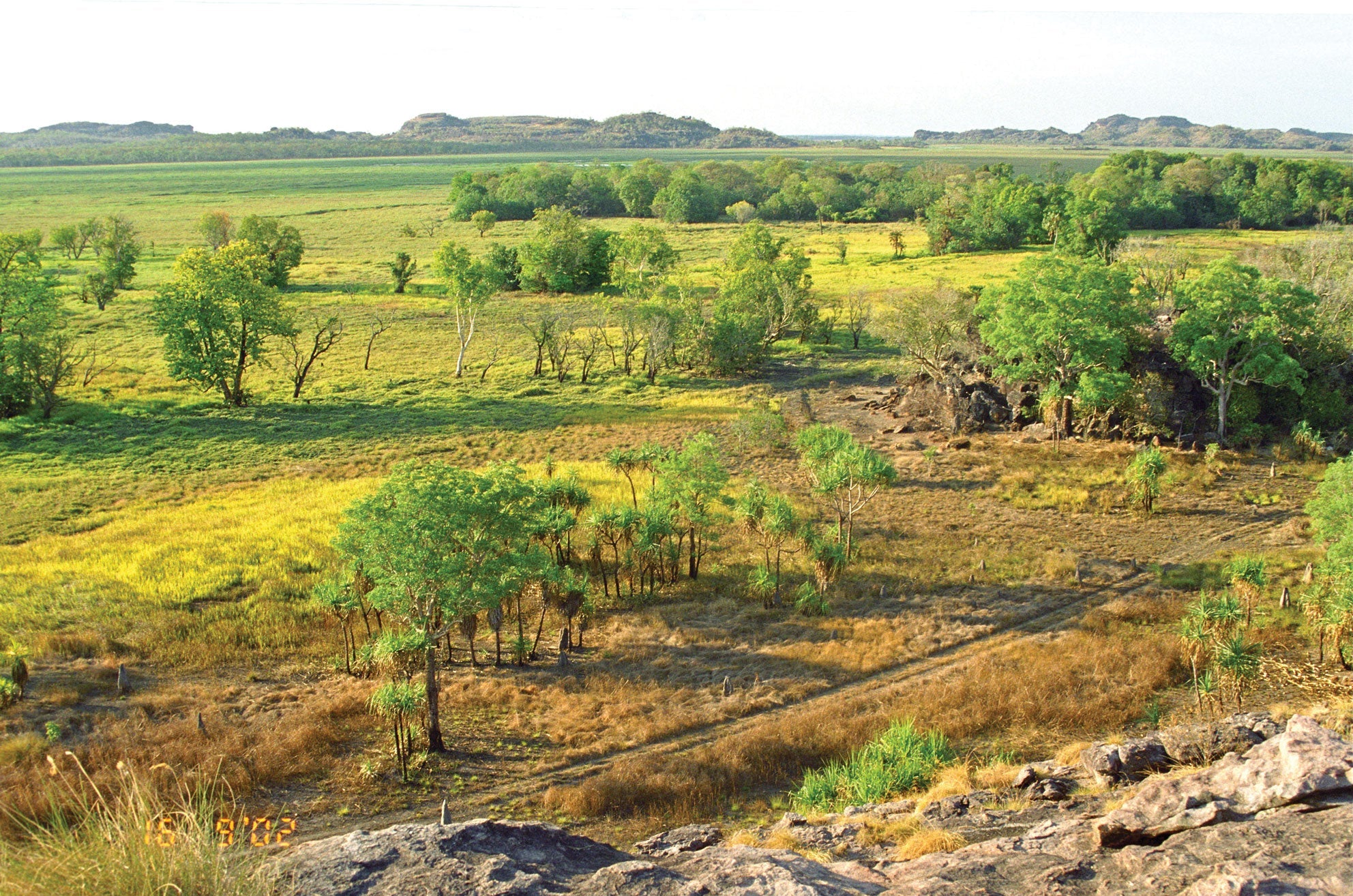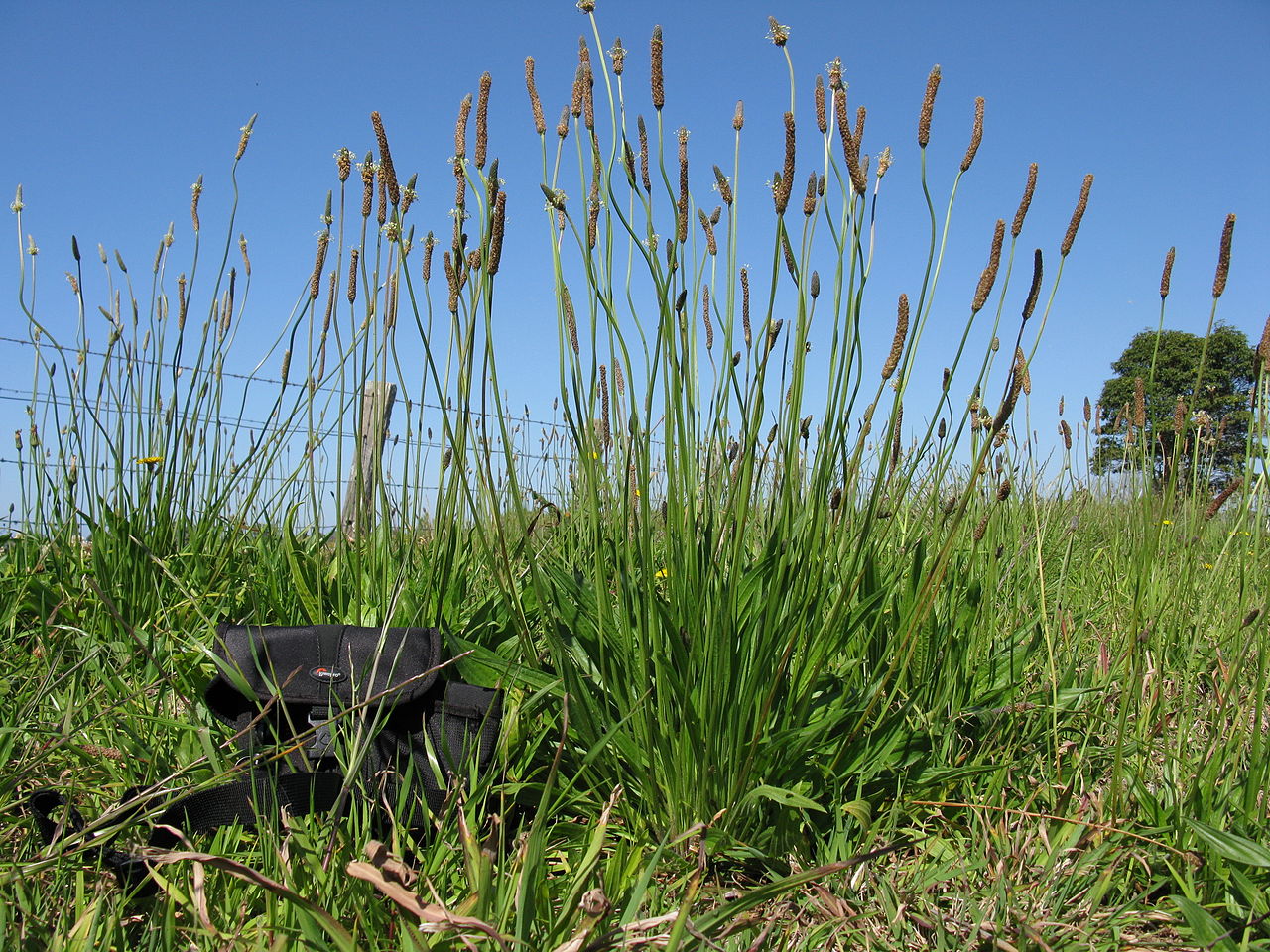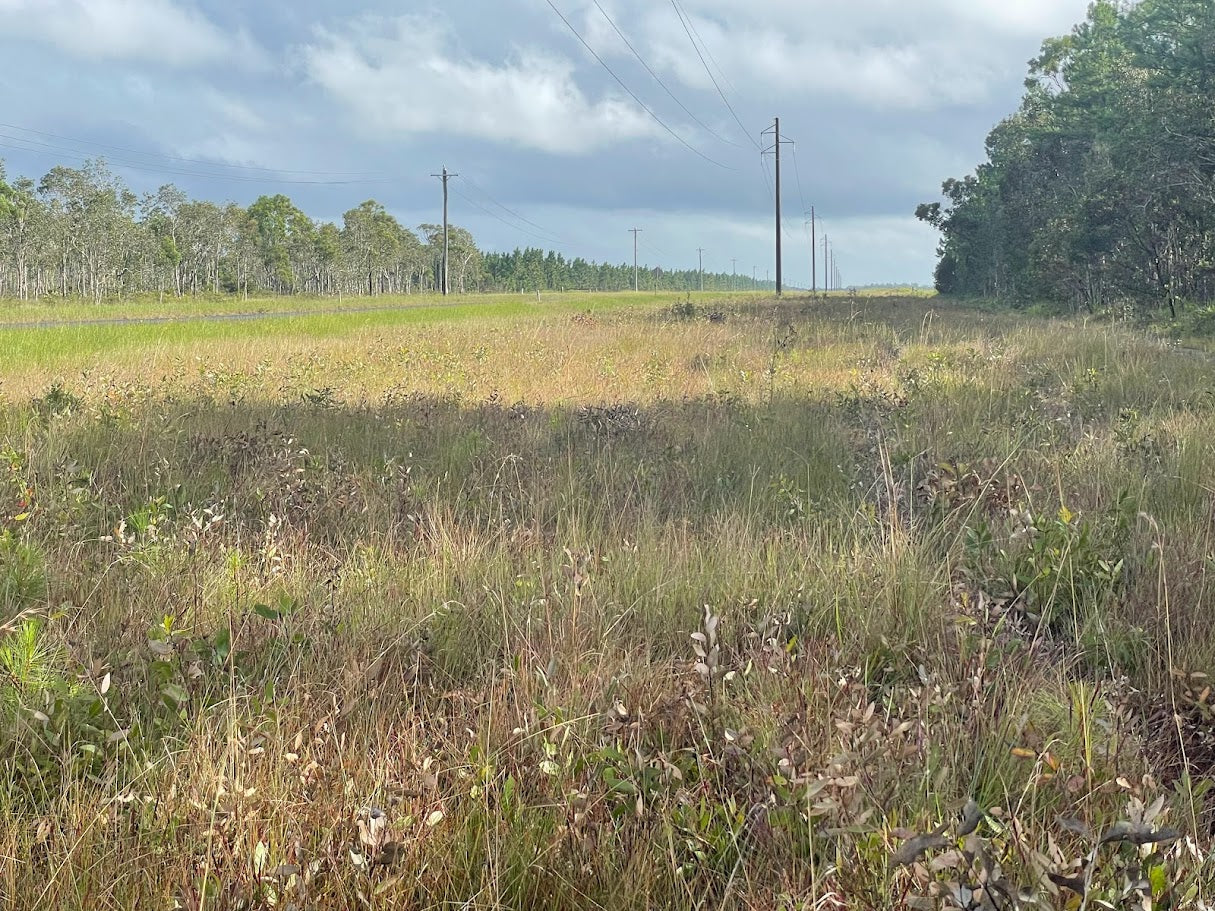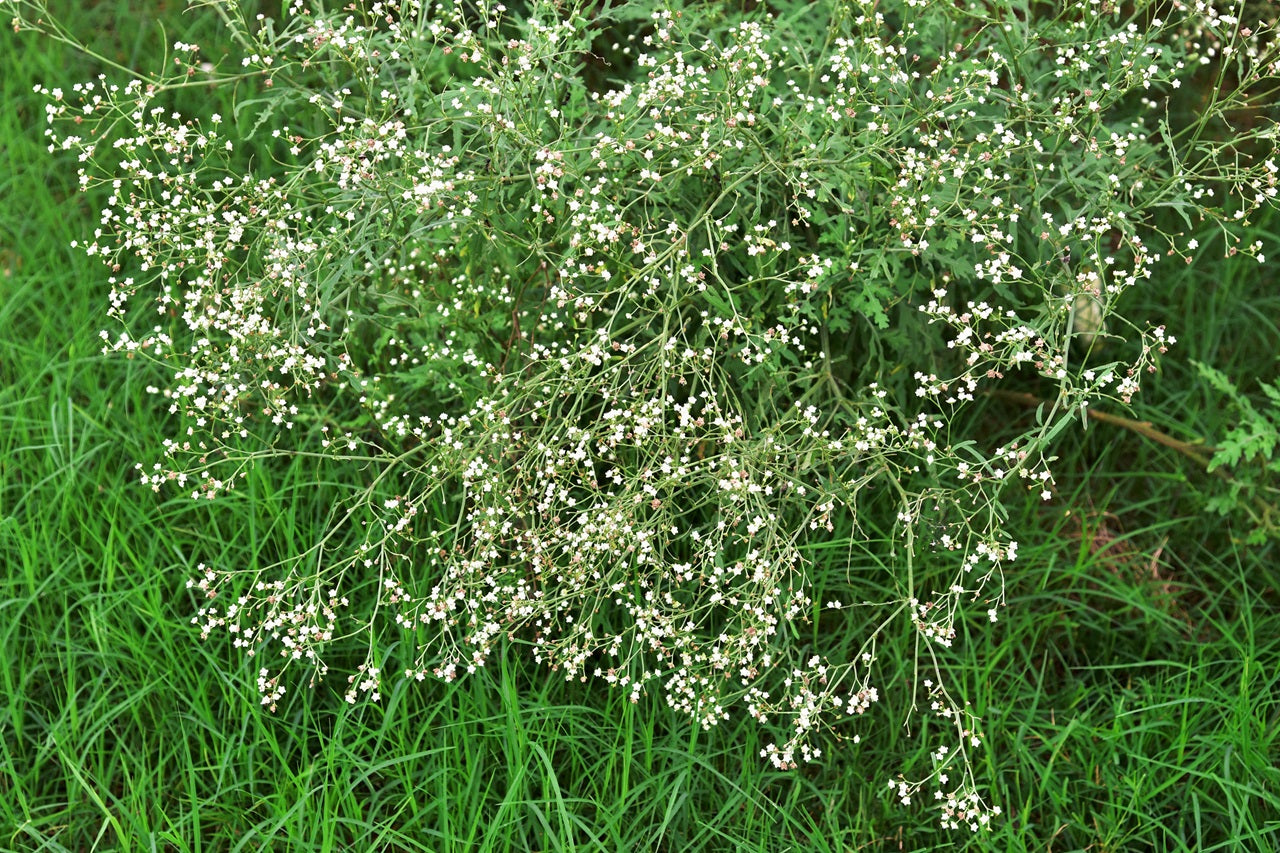
Integrated Weed Management - Combining Traditional and Innovative Practices for Restoration Success
Restoring Australia’s natural landscapes is no small feat. Invasive weeds, which degrade habitats, outcompete native species, and disrupt ecosystem processes, are among the most significant obstacles. These weeds not only threaten biodiversity but also impact industries like agriculture and tourism, which rely heavily on healthy ecosystems. Integrated Weed Management (IWM) has emerged as a critical strategy for tackling these challenges, blending traditional methods with innovative techniques to achieve restoration success.
By taking a holistic and adaptive approach, IWM ensures that weed control efforts are effective, environmentally sustainable, and aligned with broader restoration goals.

The Value of Ecosystem Restoration
Australia’s ecosystems provide invaluable services, from supporting agriculture to regulating water cycles and offering cultural and recreational benefits. In 2023, the Australian Bureau of Statistics (ABS) estimated that the economic contribution of these services to the nation’s economy was around $2.4 trillion. Yet, invasive weeds jeopardise this value, displacing native vegetation, reducing biodiversity, and increasing erosion and salinity risks.
Restoration efforts aim to reverse this damage, but controlling weeds in natural areas requires a strategic and multifaceted approach. This is where Integrated Weed Management plays a crucial role.
What is Integrated Weed Management?
IWM is a comprehensive approach that combines multiple methods to control weeds effectively while minimising harm to the environment. This synergy ensures that weeds are managed sustainably and with long-term success in mind.
Key principles of IWM include:
- Prevention: Reducing the spread of invasive species through practices like cleaning equipment and using certified weed-free materials.
- Diversity of Methods: Employing a mix of mechanical, chemical, cultural, and biological controls to tackle weeds from multiple angles.
- Adaptive Management: Continuously monitoring and adjusting strategies to respond to changing conditions and weed behaviour.

Combining Traditional and Innovative Practices
IWM is broadly defined as the incorporation of Cultural, Biological, Physical and Chemical control measures within the innovations. Here’s how these practices come together to create a robust weed management program:
Cultural Methods
Are essentially the decisions made around what to do and when and involve determining how grazing pressure, competition and choice of management controls should be implemented, with a view to preventing full establishment through effective and timely intervention. In bush regeneration this may mean retaining some undesirable vegetation to actively compete with more threatening vegetation or focussing.
Physical control
Is burning, grazing, mowing, mulching, competitive planting or removal of vegetation as a direct intervention on the weed infestation. All or any of these elements might be applied in any given management context and it is extremely rare that at least one of these measures is not employed in conjunction with any restoration project that involves chemical application.
Biological Control
Is the use of host specific organisms from a weeds home range, that if introduced will impeded its competitive advantage. Australia has a long and successful history of importing and successfully deploying biological control agents and in instances such as Salvinia molesta these agents have proved to be a critical element of successful management, greatly diminishing the role of herbicide and manual control.
Chemical Control
Is the judicious use of APVMA approved agricultural products to target weed species. These products should be used carefully considered to ensure they are appropriate for the given environment and minimise overall volumes and frequency of application.
Monitoring
Weed issues are notorious for recovering, even when management practices have been largely successful, reinfestation through seedbanks or from dispersal from adjoining areas is always a strong possibility. Follow-up monitoring and maintenance is key to ensuring reinfestation can be managed in a timely and efficient manner.

Case Study: Riparian Zone Restoration
Riparian zones—critical areas along waterways—are often heavily impacted by invasive species. These zones provide essential ecosystem services, such as improving water quality and reducing erosion, but are particularly vulnerable to weeds like blackberry or lantana.
Using IWM in riparian restoration involves:
- Cultural: Limiting weed spread by ensuring vehicles and equipment are cleaned before entering the area.
- Chemical: Applying selective herbicides to control invasive species without harming native plants that stabilise riverbanks.
- Biological: Where available introduction of host specific agents may suppress weed growth and expansion.
- Replanting and Regeneration: Following weed removal with the planting of native vegetation to prevent weed regrowth and restore ecosystem functions.
- Monitoring and Maintenance: Using remote sensing technology to track progress and identify areas needing follow-up treatments.
This integrated approach not only controls invasive weeds but also restores the ecological health and functionality of riparian zones.
The Economic and Ecological Benefits of IWM
Implementing IWM in ecosystem restoration yields significant economic and ecological rewards. By reducing reliance on any single method, such as herbicides, IWM lowers costs over the long term and minimises environmental risks. It also enhances biodiversity, improves soil health, and supports industries like tourism and agriculture.

Challenges and Opportunities
While IWM is highly effective, it requires careful planning, collaboration, and ongoing commitment. Challenges include:
- Knowledge Gaps: Ensuring that land managers have access to the latest research and tools.
- Resource Availability: Providing sufficient funding and equipment for comprehensive programs.
- Community Engagement: Involving local communities to build support for weed management efforts.
Opportunities for improvement lie in increasing education and training, advancing technologies like precision mapping, and fostering partnerships between government agencies, industries, and local communities.
A Pathway to Restoration Success
Integrated Weed Management is more than a weed control strategy; it’s a framework for achieving lasting ecosystem restoration. By combining approaches, IWM addresses the complexities of invasive weed management while promoting sustainability and biodiversity.
Australia’s ecosystems are invaluable assets, both economically and ecologically. Through IWM, we can protect these landscapes, support industries that rely on healthy environments, and create a future where natural and human systems thrive together. With a strategic and collaborative approach, IWM paves the way for restoration success.
#IntegratedWeedManagement #EcosystemRestoration #SustainableLandManagement #WeedControl #InvasiveSpecies #BiodiversityConservation #EnvironmentalSustainability #HabitatRestoration #WeedManagementStrategies #NaturalAreas #HerbicideSolutions #SustainableFarming #RegenerativeLandscapes #ConservationPractices #GreenwayWeedSolutions
Additional content
VIEW GWS' ADDITIONAL CONTENT TO LEARN MORE ABOUT THE WEED INDUSTRY

Water pH and the Performance of Weak Acid Herbicides
Weak-acid herbicides must remain in their non-ionised (acid) form to move efficiently through the plant cuticle. When spray water is too alkaline, the herbicide molecule becomes ionised.
Read more
Towards Modern Vegetation Management: Solutions for Australia’s Linear Infrastructure
Understanding the Changing Vegetation Challenge Vegetation management across Australia’s linear infrastructure corridors is becoming increasingly complex. Roads, rail corridors, gas pipelines, elec...
Read more
Case Study: Parthenium Weed Hygiene
Introduction: The Necessity of Weed Hygiene Management Australia’s vast expanses and diverse land uses, from grazing pastures and cropping zones to natural bushland and urban corridors are u...
Read more
